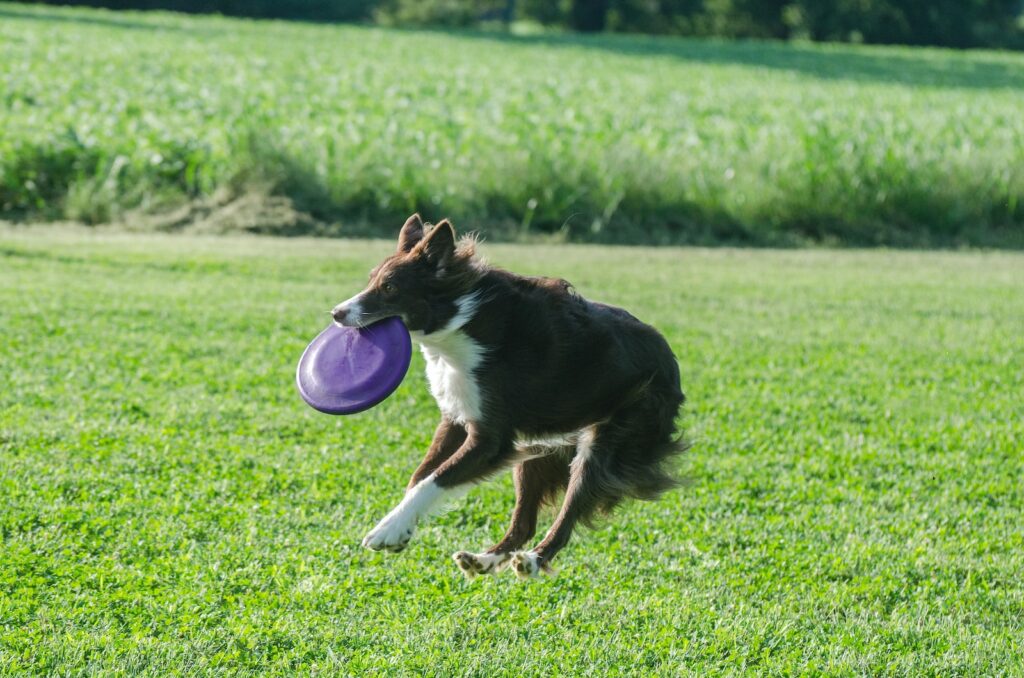Can Dogs Eat Clams? — Yes, They Can
Clams are safe for dogs to eat, but certain precautions should be taken when feeding them to your furry friend. In moderate amounts, clams can offer numerous health benefits for dogs. However, it is important to understand the potential risks and considerations before incorporating clams into your dog’s diet.
Can Puppies Eat Clams?
Puppies can also eat clams, but it is essential to introduce them gradually and in small portions. As with adult dogs, it is crucial to ensure the clams are properly cooked and free from any seasonings or sauces that may be harmful to puppies.
Things to consider when feeding clams to puppies?
When feeding clams to puppies, it is important to consider their age and any digestive sensitivities they may have. Start by introducing small amounts of cooked clams into their diet to monitor their reaction. If any digestive issues arise, discontinue feeding clams and consult your veterinarian.
Nutritional Benefits of Clams for Dogs — Why Clams are Good for Dogs? /Why Dogs can have Clams
Vitamins and Minerals
Clams are a rich source of essential vitamins and minerals that are beneficial for dogs. They are particularly high in iron, which is important for maintaining healthy blood and preventing anemia. Additionally, clams contain substantial levels of vitamin C, vitamin A, vitamin B12, and essential minerals like calcium, potassium, and selenium.
Omega‑3 Fatty Acids
Clams are an excellent source of omega‑3 fatty acids, which have anti-inflammatory properties and promote a healthy coat and skin in dogs. These fatty acids also support the overall cardiovascular health and cognitive function of your furry friend.
Protein
Protein is a crucial component of a dog’s diet, and clams provide a good amount of this essential nutrient. The protein in clams helps in building and repairing tissues, supporting muscle growth, and maintaining a strong immune system.
Low in Fat
Clams are relatively low in fat, making them a healthy treat option for dogs. The low-fat content helps prevent obesity and keeps your canine companion at a healthy weight.
High in Antioxidants
Clams contain antioxidants that help protect your dog’s cells from damage caused by free radicals. Antioxidants contribute to the overall health and well-being of your pet.
Potential Allergies: Can Dogs Be Allergic to Clams?
While dogs generally tolerate clams well, some can develop allergies or sensitivities to shellfish, including clams. It is important to observe your dog for any signs of allergic reactions after introducing clams to their diet. Common symptoms of clam allergies may include gastrointestinal upset, itchiness, redness, swelling, or difficulty breathing.
Symptoms of Clam Allergies in Dogs
- Gastrointestinal Upset: This may include vomiting, diarrhea, or excessive gas.
- Itchiness and Redness: Dogs with clam allergies may experience itchiness, redness, or rashes on their skin or paws.
- Swelling: Swelling, especially around the face, can occur in dogs allergic to clams.
What to Do If Your Dog Shows Symptoms?
- Consult Your Veterinarian: If your dog exhibits any symptoms of an allergic reaction, consult your veterinarian immediately for proper diagnosis and guidance.
- Eliminate Clams from Diet: If an allergy to clams is confirmed, remove clams from your dog’s diet completely.
- Treat Symptoms: Your vet may suggest or prescribe medications to alleviate the symptoms and provide relief to your dog.
Recommended Amount: How Much Clams Can a Dog Consume?
When feeding clams to your dog, it is essential to do so in moderation and as part of a balanced diet. The recommended amount of clams depends on your dog’s size, age, and overall health. As a general guideline, give small dogs around 1–2 clams, medium-sized dogs around 2–3 clams, and larger dogs around 3–4 clams as an occasional treat or addition to their regular meals.
Things to Consider When Feeding Clams to Dogs
Prior to feeding clams to your dog, follow these considerations:
- Always cook clams thoroughly to eliminate any harmful bacteria or parasites.
- Do not add any seasonings, spices, or sauces to the clams, as they can be detrimental to your dog’s health.
- Introduce clams gradually into your dog’s diet and monitor for any adverse reactions.
- Keep in mind that treats should only make up a small portion of your dog’s overall diet.
How to Feed Clams to Dogs: A Quick Guide
Introducing clams to your dog’s diet can be a delightful experience. Here are some general steps to follow:
Steamed Clams with Vegetables
Ingredients:
- 1 pound fresh clams, thoroughly cleaned and de-shelled
- Assorted vegetables (carrots, peas, green beans, etc.), steamed or boiled
Steps:
- In a large pot, add water and bring it to a boil.
- Place the clams in a steamer basket and steam for about 5–8 minutes or until they open up.
- Remove the clams from their shells and chop them into small, dog-friendly pieces.
- Mix the chopped clams with the steamed or boiled vegetables.
- Allow the mixture to cool down before serving it to your dog.
Clam Broth
Ingredients:
- 1 cup clam juice or fish broth (low sodium)
Steps:
- In a saucepan, warm the clam juice or fish broth over low heat.
- Let it cool before serving.
- Pour the clam broth over your dog’s regular food as a flavorful topping.
Conclusion
Clams can be a nutritious addition to your dog’s diet when fed in moderation and prepared appropriately. They offer several health benefits, such as providing essential vitamins and minerals, omega‑3 fatty acids, protein, and antioxidants. However, always be cautious of potential allergies, introduce them gradually, and ensure the clams are properly cooked and devoid of any harmful seasonings. Consult your veterinarian if you have any concerns or observe any adverse reactions in your dog. Treat your furry friend with love, care, and nutritious treats like clams to keep them happy and healthy!






